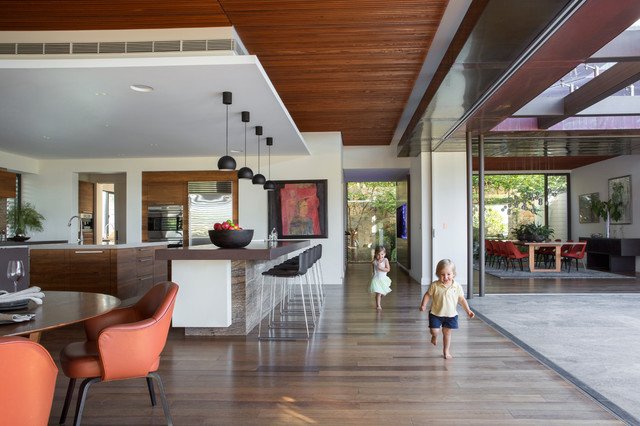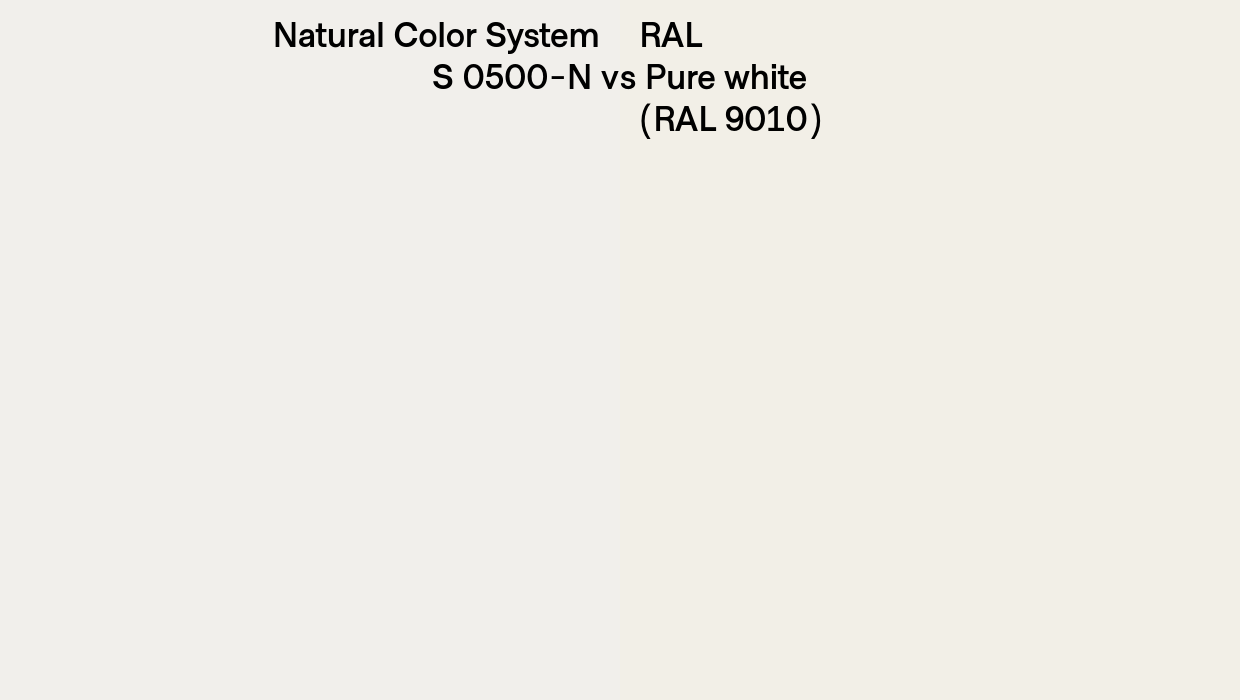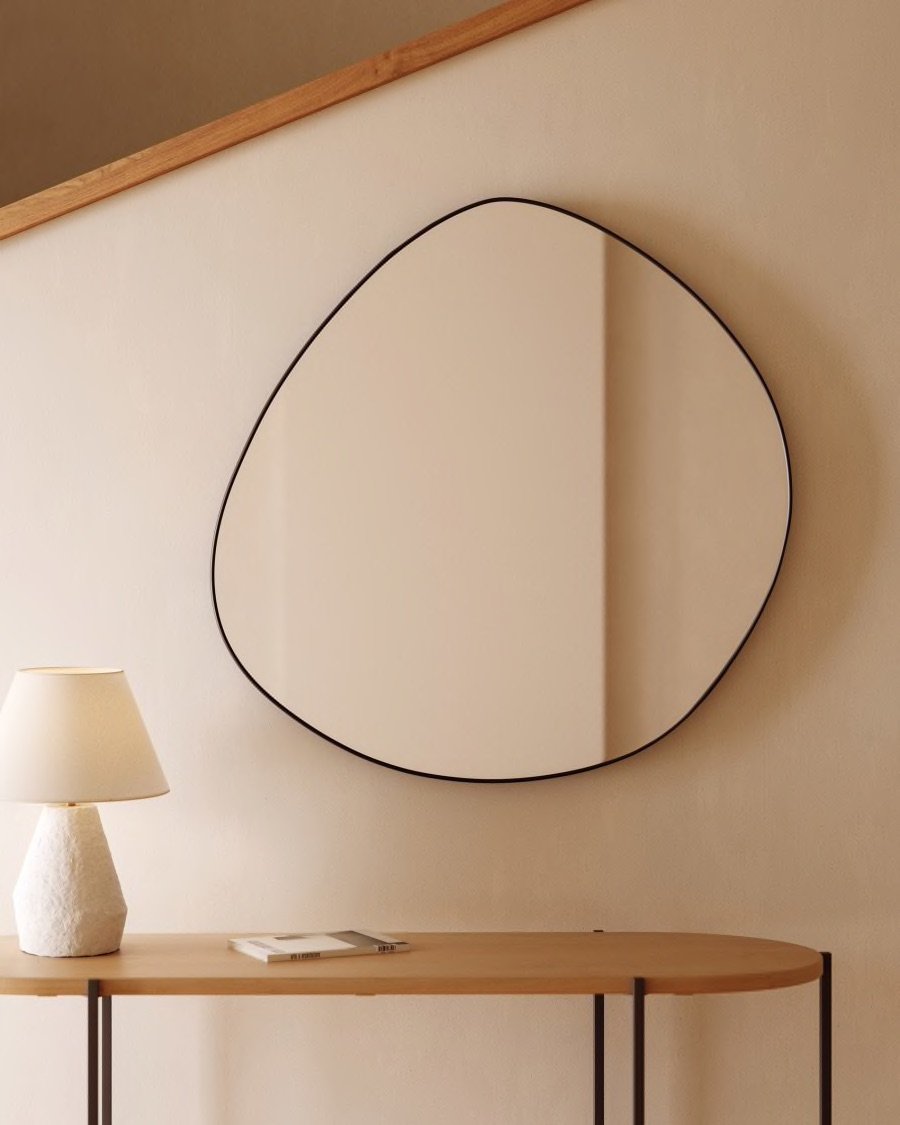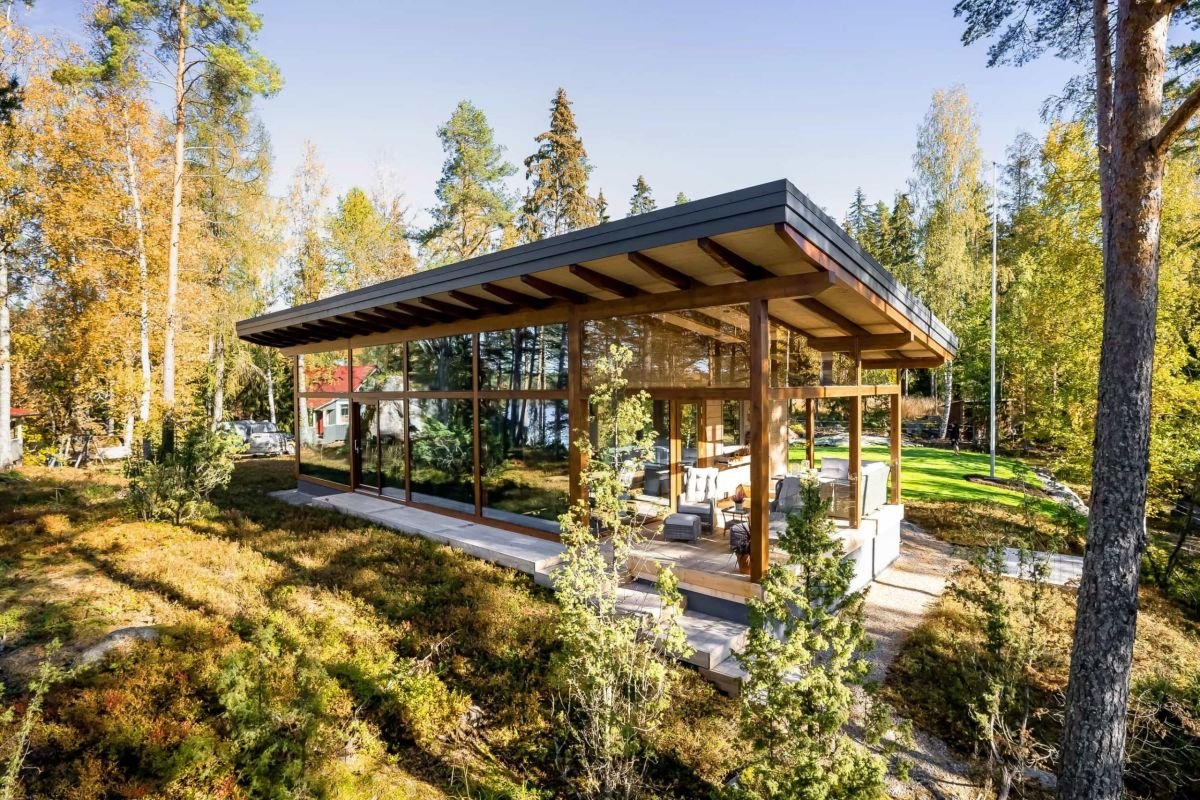Author: Simone Elderot
Embark on a design journey that blends the simplicity of Scandinavian style with the eclectic charm of Bohemian decor. Discover how to achieve a harmonious fusion of these two aesthetics, creating a unique and inviting space that reflects your style.
Are you drawn to the clean lines and minimalist vibes of Scandinavian design, yet also enchanted by the vibrant colors and free-spirited feel of Bohemian decor? If so, you're not alone. In recent years, there has been a growing trend towards merging these two distinct styles to create a look that is both cozy and eclectic.
Photo by Ceyda Çiftci on Unsplash
In this blog post, we'll explore the concept of Scandi-Boho fusion and offer some tips on how to achieve this aesthetic in your own home.
Understanding the Scandi-Boho Fusion
At first glance, Scandinavian and Bohemian styles might seem like polar opposites. Scandinavian design is characterized by its simplicity, clean lines, and emphasis on functionality. On the other hand, Bohemian decor is all about embracing color, texture, and an eclectic mix of patterns and materials.
However, despite their differences, these two aesthetics share some common ground. Both value the importance of creating a cozy and inviting atmosphere, and both celebrate individuality and self-expression.
The key to successfully merging these two styles lies in finding a balance between their contrasting elements. It's about incorporating the warmth and personality of Bohemian decor into the clean and streamlined backdrop of Scandinavian design.
Photo by Collov Home Design on Unsplash
Achieving the Scandi-Boho Look
So how do you go about creating a Scandi-Boho space? Here are a few tips to get you started:
Start with a Neutral Base: Begin by creating a neutral foundation inspired by Scandinavian design. Opt for a palette of whites, grays, and light wood tones to create a clean and airy backdrop.
Layer on Texture and Color: Once you have your base in place, start layering on texture and color inspired by Bohemian decor. Add cozy textiles like rugs, throws, and cushions in rich hues and intricate patterns to infuse warmth and personality into the space.
Mix and Match Furniture: Embrace the eclectic nature of Bohemian decor by mixing and matching furniture pieces in different styles and materials. Pair sleek, modern pieces with vintage finds and handmade accents to create a curated and collected look.
Add Greenery and Natural Elements: Bring the outdoors in by incorporating plenty of greenery and natural elements into your decor. Plants not only add a touch of freshness to the space but also help to soften the clean lines of Scandinavian design.
Don't Forget the Details: Finally, don't forget to pay attention to the details. Add quirky accessories, like macrame wall hangings, woven baskets, and eclectic artwork, to add personality and charm to your Scandi-Boho space.
Photo by Allie Feeley on Unsplash
In Conclusion
The Scandi-Boho fusion offers a fresh and contemporary take on two beloved design styles. By combining the simplicity of Scandinavian design with the eclectic charm of Bohemian decor, you can create a space that is both stylish and inviting. So why not embark on a design journey of your own and see where it takes you?

























